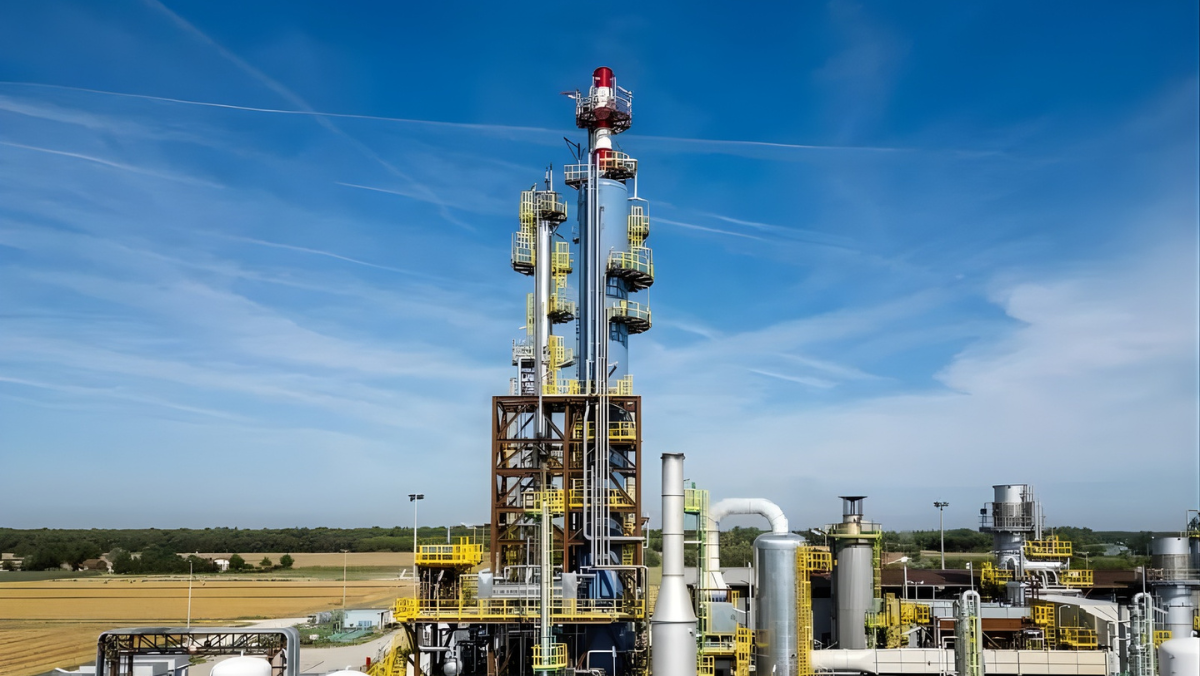INSIGHTS
Can Europe Turn Carbon Into Its Next Big Industry?
Northern Lights, Heidelberg Materials and OXCCU lead a new phase in Europe’s decarbonisation drive
27 Oct 2025

Europe’s efforts to decarbonise heavy industry are gaining pace, with carbon capture and storage emerging as a central element of its clean-tech strategy. Once viewed as a marginal technology, it is now scaling rapidly through new projects, investment, and policy support.
The launch of Northern Lights, a joint venture between Equinor, Shell and TotalEnergies, marks a significant step. Its first-phase facility is now operational, storing carbon dioxide beneath the North Sea as part of Europe’s first open-access, cross-border carbon storage network. Analysts say the project could reshape industrial decarbonisation by providing a model for shared CO₂ infrastructure. “This is when carbon capture stops being theory and starts shaping reality,” said an energy expert at Rystad Energy.
In construction materials, Heidelberg Materials is advancing its Padeswood project in the UK, which has entered the building phase and aims to begin operations by 2029. The company plans to capture nearly all its production emissions, producing what it calls carbon-neutral cement. “Low-carbon materials are the building blocks of tomorrow’s cities,” a company spokesperson said, as the sector aligns with tighter European climate targets.
Innovation is also accelerating in carbon utilisation. UK-based OXCCU recently raised about $28mn (£20.75mn) to scale its technology that converts captured carbon into sustainable aviation fuel. Backed by investors including IAG and Safran Corporate Ventures, the company represents a growing shift toward turning carbon into a commercial resource rather than simply storing it.
Across the continent, network operators such as Fluxys and OGE are expanding pipeline systems to transport CO₂ to offshore hubs, addressing a long-standing infrastructure gap. Governments are adding momentum through targeted funding and regulation, strengthening Europe’s position as a leader in carbon management.
Challenges remain around cost, permitting and large-scale deployment. Yet analysts expect that by 2030, Europe could host dozens of interconnected capture and storage sites, forming the backbone of a new industrial ecosystem. As one climate strategist observed, “Europe’s industrial transformation isn’t a vision for the future, it’s unfolding now.”
Latest News
16 Dec 2025
Carbon Capture Finds Its First Big Backers in Europe12 Dec 2025
The Cement Industry’s Carbon Turning Point9 Dec 2025
Europe’s CCUS Push Gains Fuel from Eni GIP Alliance21 Nov 2025
Can Europe Connect Its Carbon Dots?
Related News

PARTNERSHIPS
16 Dec 2025
Carbon Capture Finds Its First Big Backers in Europe

INNOVATION
12 Dec 2025
The Cement Industry’s Carbon Turning Point

PARTNERSHIPS
9 Dec 2025
Europe’s CCUS Push Gains Fuel from Eni GIP Alliance
SUBSCRIBE FOR UPDATES
By submitting, you agree to receive email communications from the event organizers, including upcoming promotions and discounted tickets, news, and access to related events.